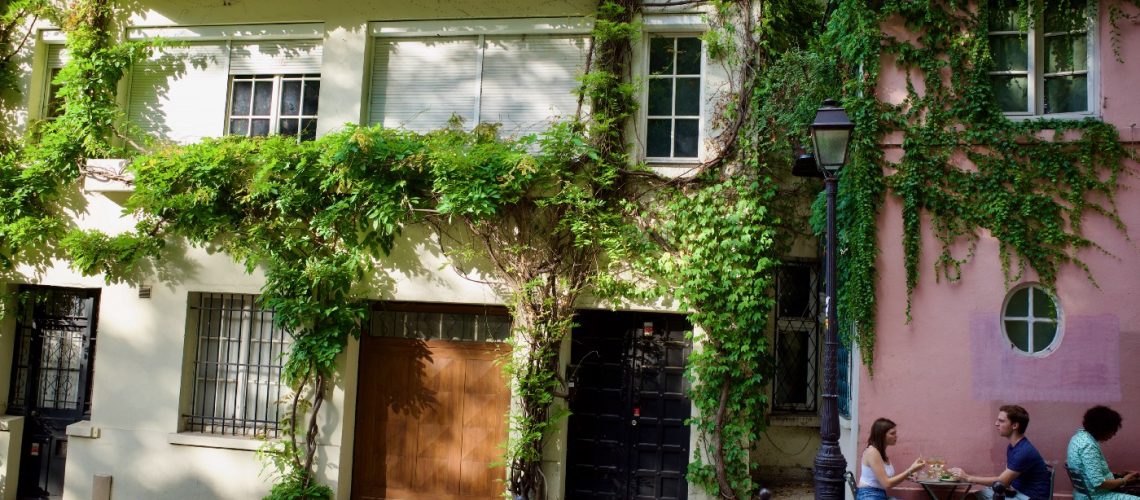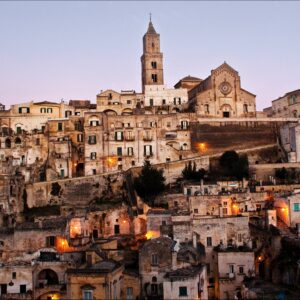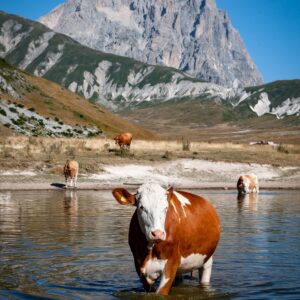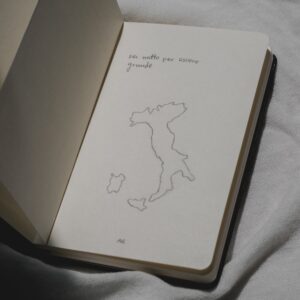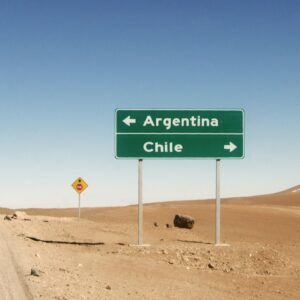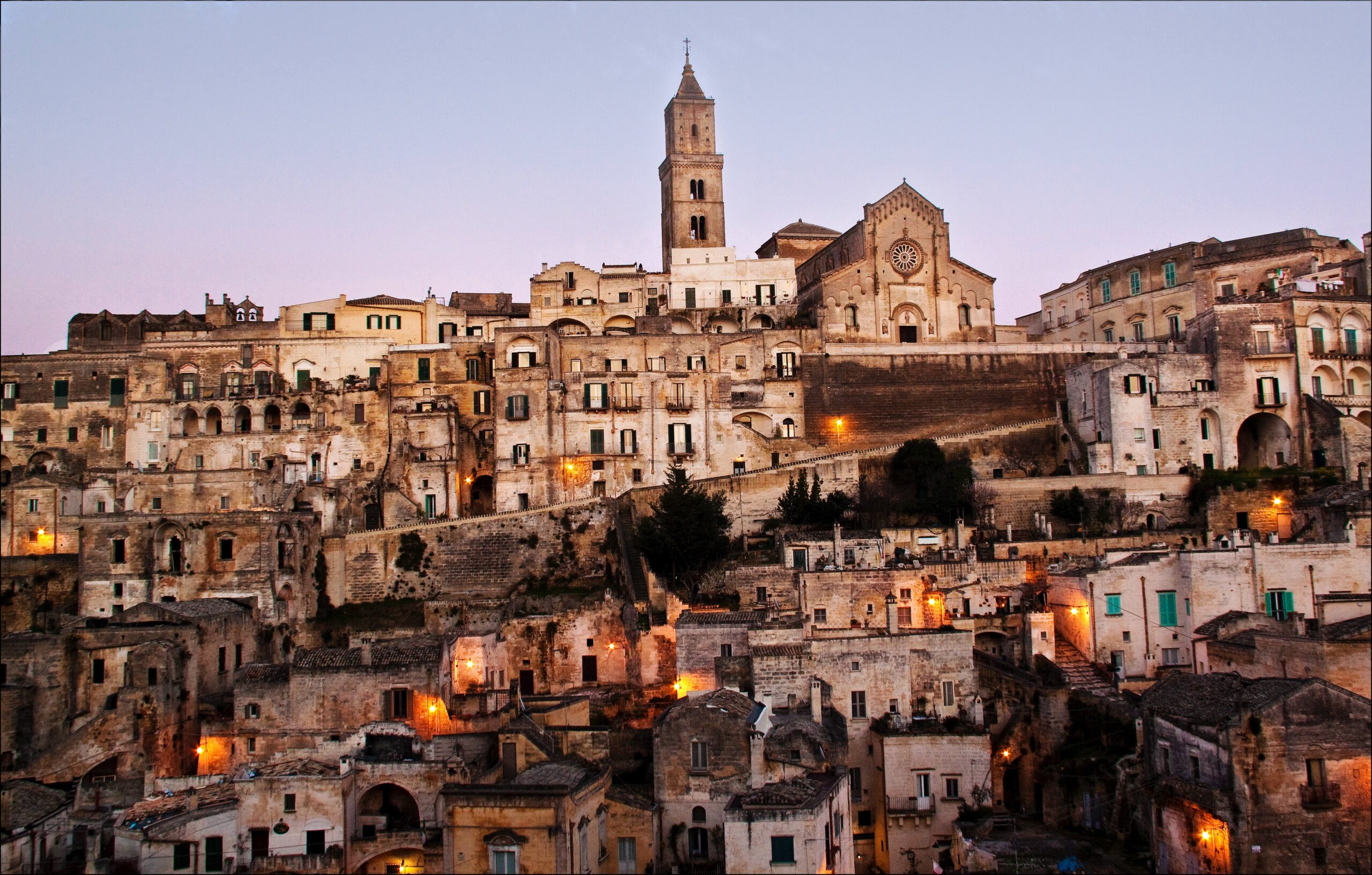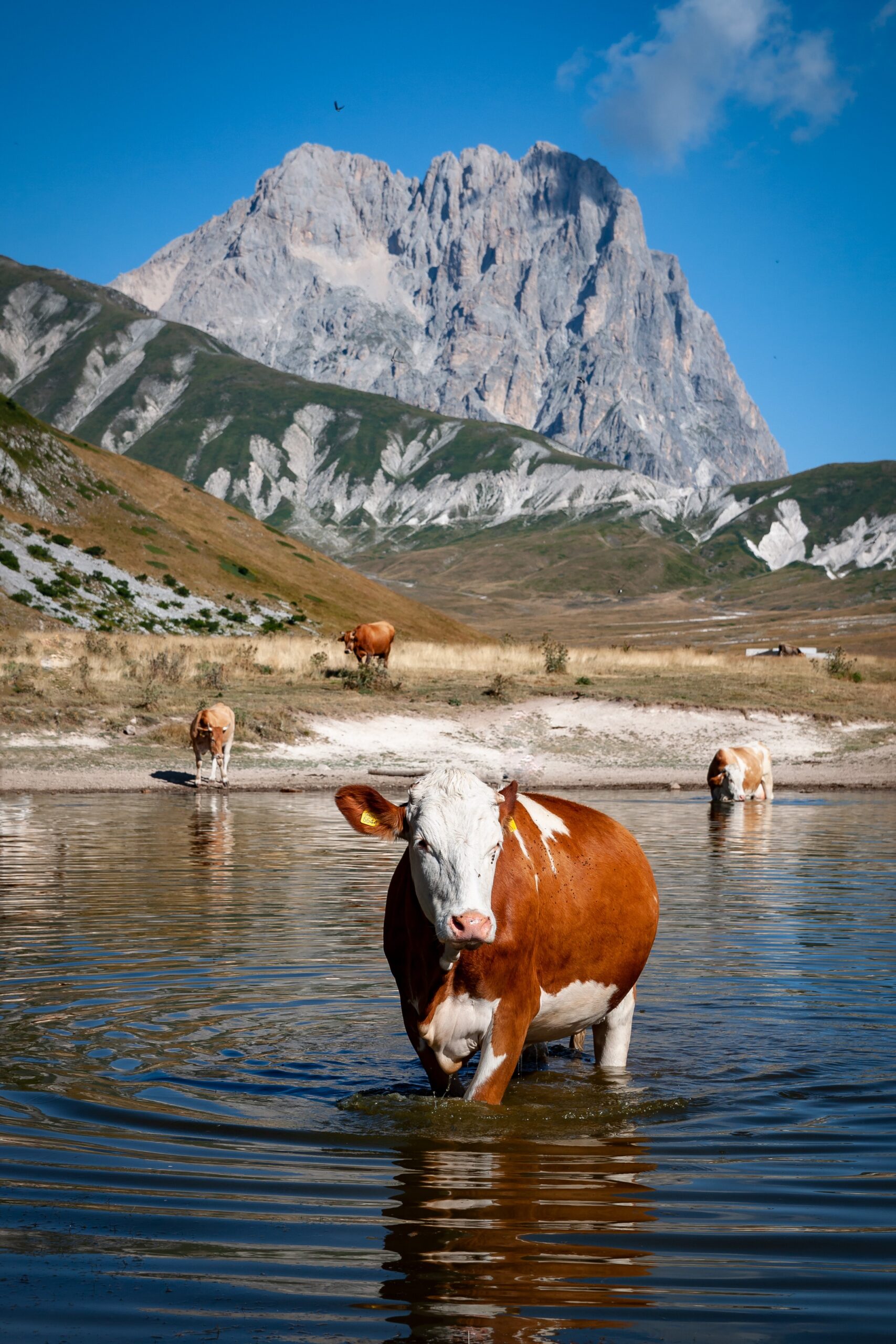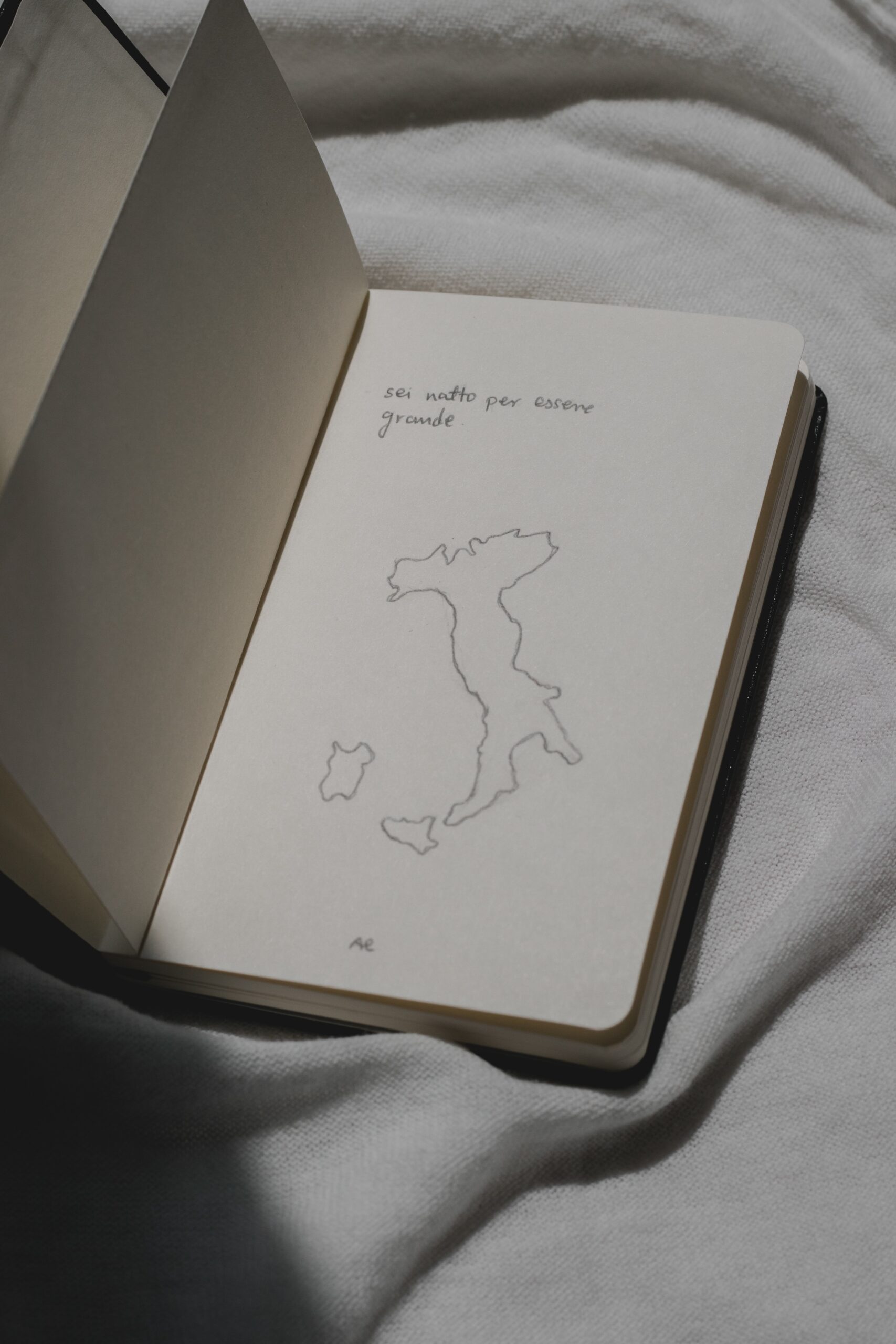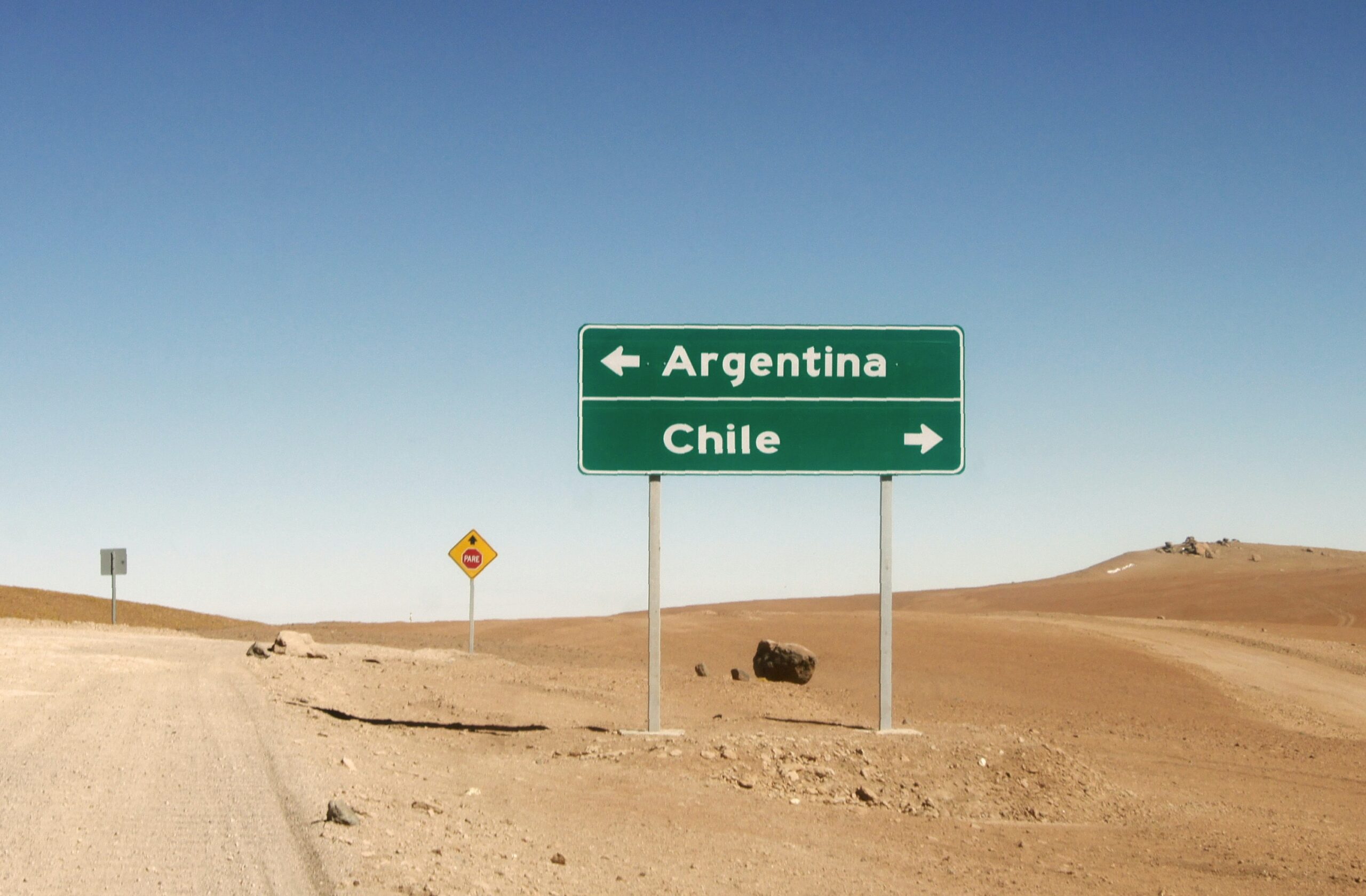I’ve written a couple of articles about the everyday eating habits of French people (that I’ve come across). So today I thought I’d write about their drinking habits.
Once again, my views are entirely subjective and probably not very accurate, but everything here is at least an accurate account of what I think is true. Enjoy (or don’t)!
Alcohol
Although France is known for its wine, most young people prefer to socialise over beers. With that said, knowledge of wine is seen as form of cultural capital, and I get the impression that those who don’t know much about it can be seen as a little uneducated.
While Cider is usually drunk with crêpes, as is tradition in Brittany, champagne is only considered champagne if it comes from the Champagne region. As France is big on AOP, or appellation d’origine protégée (Protected designation of Origin), the use of the word ‘champagne’ for sparkling wine that doesn’t come from Champagne is seen as deceptive and wrong. What’s interesting is that while most French people associate the drink with the region from which it derives its name, most people overseas think of ‘champagne’ as simply a common noun and may not even be aware of the existence of the Champagne region. Just as people may not know that hamburgers come from Hamburg or that Fine china comes from China, the word ‘champagne’ has all but lost its roots in English.
When I was working on an advertising pitch for the champagne brand Veuve Clicquot, I was surprised to discover that the word veuve means widow. The brand is named after the Clicquot widow who took over the vineyard after her husband passed away. There’s something about the name Widow Clicquot that sounds incredibly black metal for an alcohol brand. If non French-speakers knew about the meaning of the brand’s name, I wonder how they would react.
Speaking of advertising, the rules regarding the promotion of alcohol are extremely strict in France. People can’t be shown to be having fun while drinking alcohol as this would perpetuate the idea that alcohol is needed for a good time. As a result, most ads simply feature still-life images of alcohol along with the obligatory line “The abuse of alcohol is dangerous for your health. To be consumed with moderation.” Ironically, while some ads overseas might portray French people drinking red wine in a café, such ads would almost certainly be banned in France.
In France, there are three types of rubbish bins — general waste, recycling and glass (although this last bin could be more accurately described as the ‘wine bin’). As glass has its own dedicated bin, you can often hear neighbours throwing wine bottles out every evening.
When it comes to work — or at least white-collar office work — people don’t often drink at the office itself but would go to nearby bars with their colleagues. This is in contrast to New Zealand advertising agencies, where people could often be seen drinking from midday onwards, and where a drinks trolley would be wheeled around every Friday afternoon. I used to work for a company that had an open bar. People would literally go down to the kitchen and grab themselves a drink every day. By contrast, the drinking culture in France is a little bit healthier and a little less insane than some of the things I’ve seen.
Tea
Interestingly enough, France invented milk tea. The story goes that as hot tea would often break the thin fine china mugs that were popular in the 19th century, milk was added to tea to cool it down. Eventually, tea with milk would make its way to Britain, where it would soon establish itself as the national caffeinated beverage.
Despite its popularity in France, however, tea was soon eclipsed by coffee, which remains by far the most popular source of caffeine. Yet over the last decade or so, tea has become quite a trendy drink. There are lots of high-end tea brands that sell high quality loose leaf tea and tea bags for quite expensive prices. You could say that the French approach tea in much the same way they approach wine — with a focus on terroir and taste. I genuinely believe that if France took tea as seriously as they take their wine, it could easily become the best tea-drinking country on earth.
In contrast to the English speaking world, where tea is much more ubiquitous but usually of lower quality, consisting primarily of cheap tea bags of leftover black tea leaves (although high quality tea does exist), tea in France is much more of a cultural signifier. And so while the tea that gets drunk in France is often better quality, it’s not drunk as often as in other countries. This can be seen in workplaces, which very rarely stock tea but usually have a coffee or Nespresso machine.
Curiously, Taiwanese bubble tea has become pretty trendy in Paris. Near the Jardin du Palais Royale in the 1st arrondissement, you can often find people queuing outside bubble tea stores alongside all the Japanese restaurants. Ironically, however, fruity bubble teas without milk tend to be more popular than the milky varieties, and so bubble teas are pretty much tea in name only.
While I was working on a brief for a tea brand, I discovered that in France, tea is perceived as a women’s drink. For some reason, tea is gendered in France in a way that isn’t the case in many other parts of the world. And so naturally, the brief called for an advertising campaign that targeted working-age women, but not men. I believe this perception comes from the fact that tea is seen as a ‘gentler’ caffeinated beverage than coffee, both in terms of caffeine content and the manner in which it is consumed. But whether my theory is true or not, I think it’s pretty dumb how something as basic as tea leaves could exclude half the population.
Coffee
Coffee is ubiquitous in France, but curiously enough, I don’t think it’s very good. Whether it’s due to the coffee beans used or something else, I simply think that coffee is better in New Zealand and Australia. I suppose it doesn’t help that coffee is often prepared with UHT milk, which I don’t particularly like. I know a New Zealander who swears by a certain café in the 11th arrondissement of Paris, because he thinks they make the best coffee in the city — the implication being that other places don’t live up to expectations.
Curiously but perhaps not surprisingly, the cafés that have a reputation for good coffee don’t look like typical Parisian cafés — by which I mean, cafés with round tables and diners facing towards the road. Coffee snob cafés tend to look more like minimalist Scandinavian cafes, with simple wooden tables and coffee drinkers often typing away on their MacBooks. In other words, the more hipster a cafe looks, the better coffee is bound to be.
What I find interesting is that the word for coffee is the same word for the place in which people drink it. A café is not only an establishment that makes coffee; it makes café. While there are other stores that are named after the product they sell (e.g. pâtisserie, fromagerie etc.), their names are still slightly modified versions of what they sell (pâtes or pastries, fromages or cheeses etc.). Café seems to be the only word that remains unmodified.
Syrup
More than any other country I know, France seems to have a love of flavoured syrups. Every bar and every supermarket seems to stock syrups ranging from vanilla to mint and everything in-between. While not exactly cordials, they serve a similar purpose and the premium ones can be pretty pricey.
Water
Although French tap water tastes fine — in fact, I think it’s actually pretty delicious — a lot of people find the concept of drinking water from the tap really disgusting. This might explain why you can often find people stocking up on giant bottles of water at supermarkets. Personally, I think that bottled water is a colossal waste of money, but if you add bubbles to the water, then suddenly it becomes acceptable.
That’s another thing about France — sparkling water is a pretty big deal. You can often find people in the street carrying bottles of Perrier, Badoit or San Pellegrino. My company actually has fridges of Perrier that people would raid every day.
